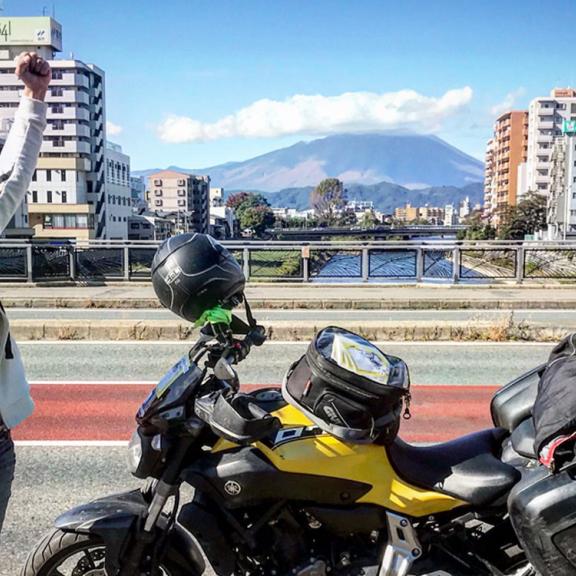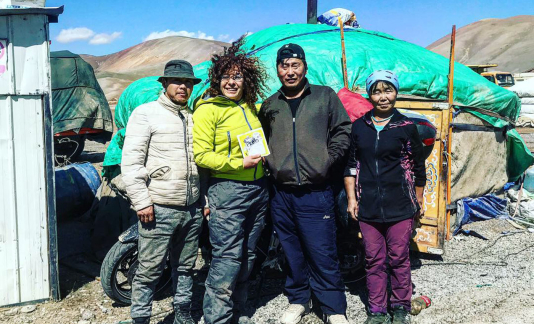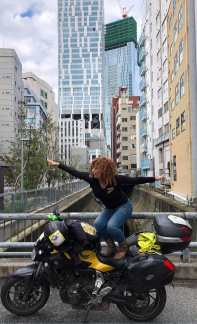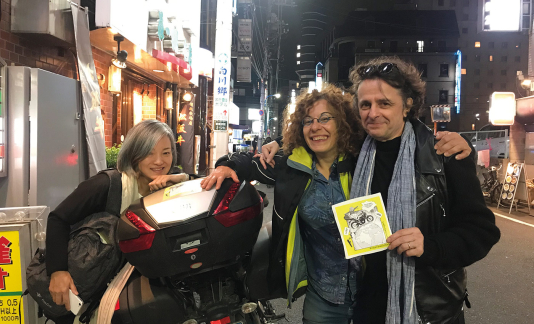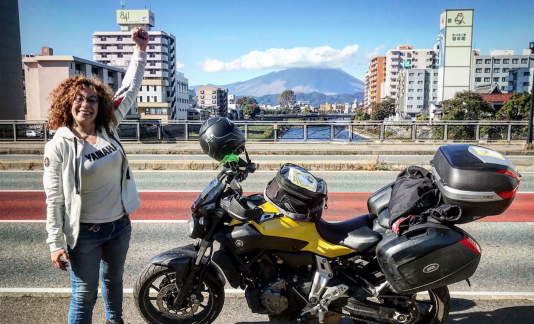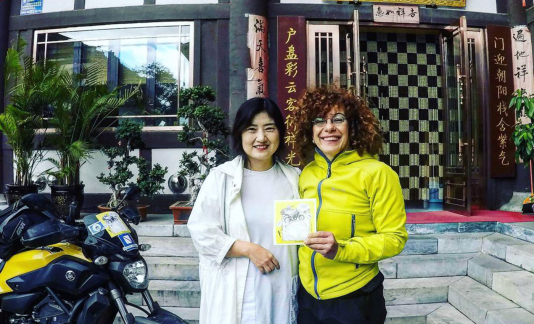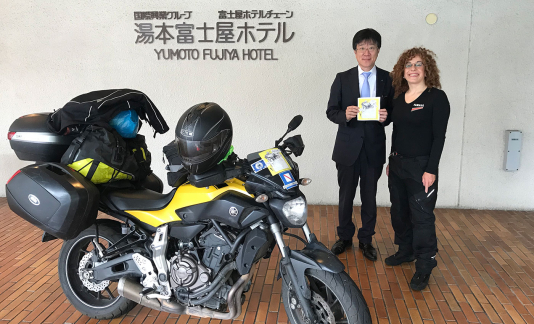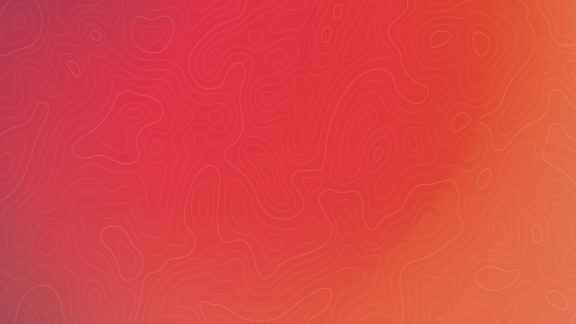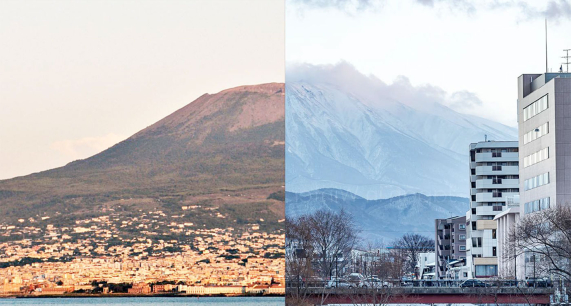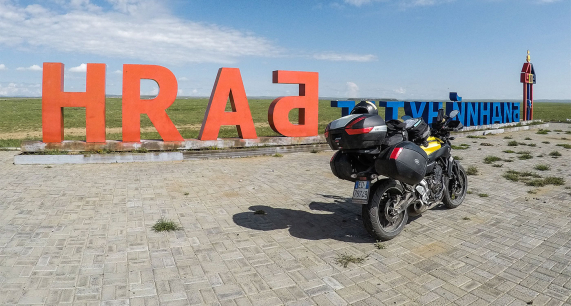Mongolia – Japan
Second stage from Mongolia to Japan
Juno, the name of my motorcycle, has always had the desire, just like me, to go further, although aware of the smaller size, even if adapted to territories that are not exactly linear.
Once I left the capital, Ulan Bator, the road appeared to be pretty good. China felt close, even if that level of solitude in the landscapes was, and is, typically Mongolian. Upon reaching the border that would allow me to enter the first city in China, Erlian, the Chinese police politely asked me to go back to Mongolia. It took a few days of waiting in the last city of Mongolia, Zamiin-Uud, and long and exhausting negotiations with the Chinese agency, to obtain permission to enter with a temporary licence and new number plates.
At that point, aware of the very strict customs in China, I had given away the interesting knife, kept for self-defence in the side pocket of my jacket, to a hotel owner in Zamiin-Uud, in exchange for a discount on parking for my motorcycle, and which, due to his greediness he never actually applied. However, once I’d “paid” access at the Chinese border, my luggage wasn’t even searched, as if I had everything in order and, therefore, the right to access the innermost part of Asia.
Inner Mongolia, and the route through to Ulanquab was very cold, but it gradually began to come to life with people, buildings and businesses.
The rules to be observed when driving in China dictate that you are to have a person of Chinese origin as a guide, whose food and lodgings you must pay for; and what is more, under no circumstances was I to use motorways, or toll roads (as they can only be used by cars) and I must not enter the third ring of the city of Beijing. But even more inexplicable was refuelling: I would only be able to fill up at a distance of one hundred metres from the service station petrol pump. The petrol would be put from the pump into a jerry can and then I would be able to pour it into my tank. At first, I assumed it was a safety measure, but as time passed, I soon realised that this assumption was completely wrong. It would seem that this obstacle is supposed to provide an incentive to purchase electric vehicles, to the point where indirect refuelling is not practical.
The Chinese drivers encountered along the route, on the suburban roads, were mainly transporting goods in trucks or HGVs, because most of them are not allowed to use the motorways either. Their driving was extremely dangerous, and the lights on their vehicles completely illegal. I rarely drove at night and always planned to set out early in the morning.
Datong and Laiyuan, beautiful cities steeped in centuries of history, preceded my arrival in Beijing. In Beijing I also made a presentation of my journey, at the AGIC (An Association for Young Italians in China) which added warmth and almost relaxation compared to the itinerary I had followed up until then.
At the port of Tinjin I left my motorcycle to be put on board a container, and I carried on to the port of Quingdao, where both I and the bike boarded, at different times, for the port of Incheon in South Korea. What really struck me were two things in particular: first of all, upon reaching China, I was able to choose to eat fish as my main food for the first time, up until then I had only been allowed to eat meat. Secondly, the expressions and the words, translated by the guide, of the men who asked about my journey. In addition to asking me if I was a woman, they asked if I really was a woman, and how it was possible that a woman could travel such great distances alone on a motorcycle!
I reached Incheon during the period of “Chuseok” in Korea, these are days during which all businesses are closed to honour an ancient tradition of visiting the temples and spending time with the family while wearing traditional dress, as a good omen of love and prosperity. These circumstances meant that there was an enormous delay in clearing the motorcycle through customs. The difficulty of customs in understanding why I was passing through Korea to reach Japan, and the daily request for documents, prevented me from being able to interview the women directly with the bike, but instead, saw me having to use a trick, a life size printed reproduction of the actual bike, to be able to continue my meetings.
It was extremely difficult for them to understand what route I had taken to reach Korea. They were also fascinated by the curls in my hair because in the big cities like Seoul many elderly women, when their hair begins to thin, find themselves curling their straight hair. What is more, it is fashionable to have one’s jaw operated on to make the Korean features less recognisable.
In Seoul you can see the diversity of China and the social and economic organisation that is closer to Japan. Their complete geographic isolation from the rest of the world, considering the closure during defrosting with North Korea, means that this country is like an island. I couldn’t use the main roads here either but, unlike China, the guide and the roads are in a state of outstanding perfection.
After the capital Eumseong, Daegu and Haeundre, the countryside is quite structured up to the port of Busan. There I felt a great air of excitement, a happiness I couldn’t describe. I was just 214 km from the Japanese coast.
Getting a ticket for the ferry and boarding the motorcycle for Japan was very difficult, I had to show my return flight ticket once I arrived in Japan. The procedures at the port of Busan, and the procedures once I arrived at the port of Fukuoka, were incredible! I knew I had finally arrived, but all the red tape took time that was not compatible with my enthusiasm. At Busan I found plenty of stonewalling, I think it was due to the difficulty of taking responsibility for handling foreign documents. In Fukuoka, on the other hand, there was an excess of perfectionism, so as not to create an atypical case. Just like me, my bike also felt the need to arrive at our destination.
In Fukuoka my immense joy helps me to get over having to drive on the left, and the perfection of the motorways and the Japanese way of driving becomes extremely fantastic. Many people were so proud of me for having made it all the way there on a Yamaha, indeed, in their opinion probably the only possible way to arrive at my destination was with a product of Japanese origin! Patriotism and a warm welcome were what made my stops at the service stations true oases of happiness. The super technological toilets replaced the holes in the floor, surrounded by metal sheeting, that I had used in Mongolia; wonderful fish dishes replaced the tough meat I had been forced to eat in the countries without sea; and the safe conditions of the roads and the politeness made me feel right at home.
Passing through Kyoto, the ancient capital of Japan, I reached the headquarters of Yamaha where I was joyfully welcomed and interviewed, and they admired my amazing achievement. Passing through Hakone, the centre par excellence of the ancient Onsens, I reached Tokyo under relentless rain. Speaking Japanese and with the intention of getting to know the Japanese people, in my short time there I wanted to share everything with them. Tokyo had never been so beautiful as when I explored it as a motorcyclist, I had never felt this state of greatness and enthusiasm.
I am dazed, incredulous, but with a strength that I never knew I had. The bike was part of a process that was surely greater than her, and I strived to measure this great and incredible effort. The emotion of my friends in Tokyo was striking.
In no time at all, before the cold in the north begins to descend, I reach Sendai, I arrive at Iwate Prefecture to stop at Morioka, my destination. There, the volcano Monte Iwate has never looked so beautiful. The sunny day contrasted the cold of the night as I prepared to say my goodbyes and prepare my luggage to leave the bike to be sent by ship and go back to the daily grind, in one way or another, with an endless number of emotions, which still today I have not been able to give a name and face.

